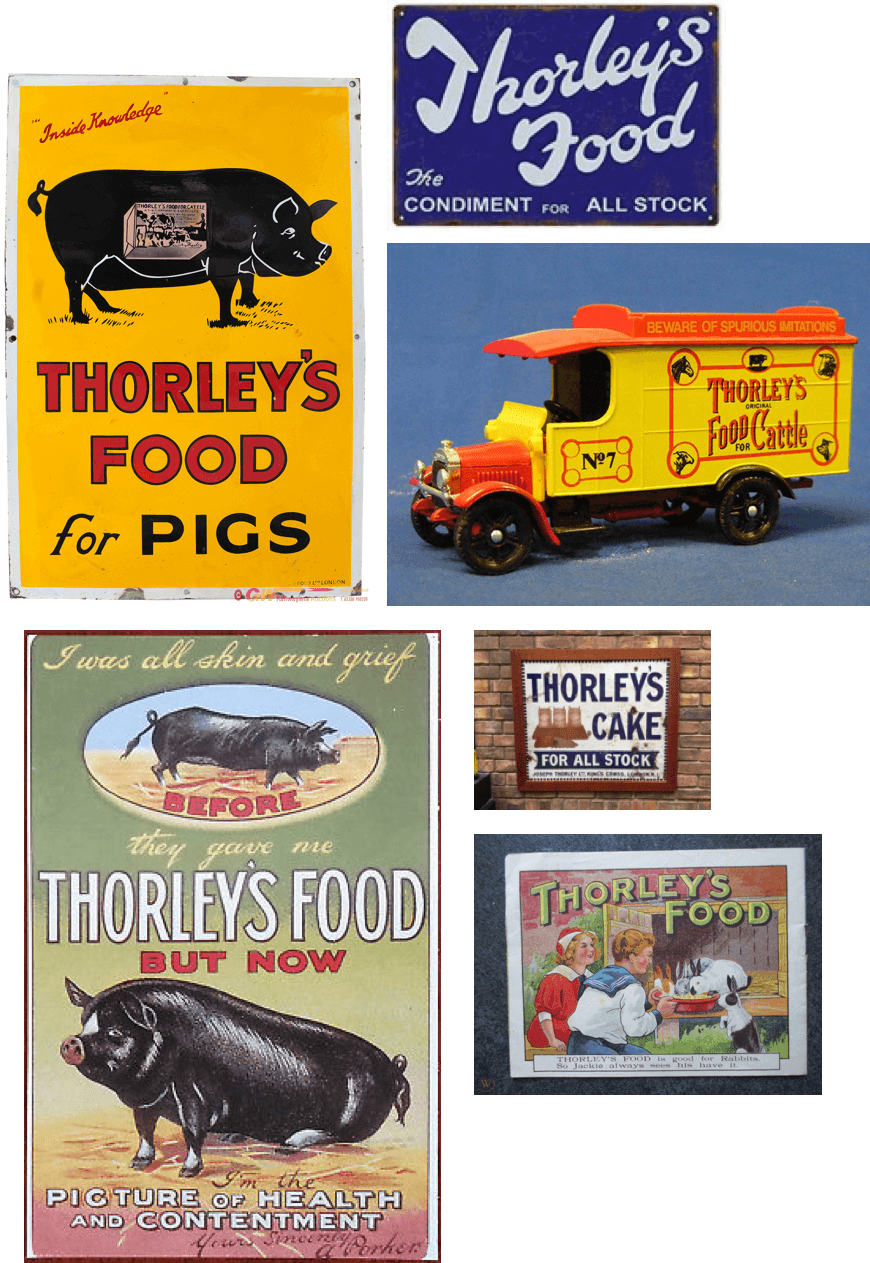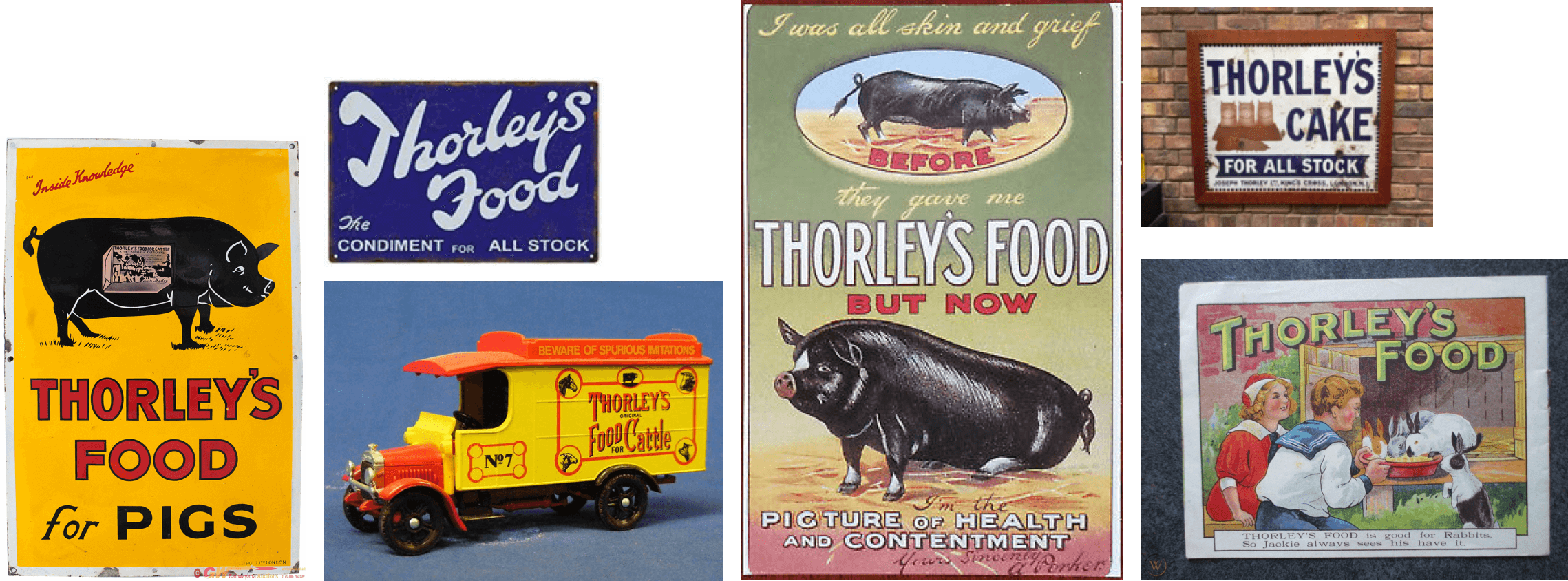With the Industrial Revolution and the construction of the railways in North London, Regent's Canal became indispensable and played a fundamental role in the influence London had over the rest of Britain.
Running from Paddington and with the second stretch from Camden Town to the Thames opening in 1820, industrious proprietors developed their warehouses, workshops and mills at what is now known as Regent's Wharf to capitalise on the ideal situation - utilising the waterway connections and railways at King's Cross.
As reliance on the railways increased through the 1800s, a few attempts to turn the canal into railways were made, but thankfully none of these attempts succeeded. The canal is now a beloved part of North London's heritage and character, with John Nash's listed tunnel portal only a stone’s throw away.
As early as 1849 Regent's Wharf, set behind Victorian terraced housing, appeared on maps, depicting a timber yard which was home to 'Haggis and Sons The Caledonian Patent Sawing and Planing Mills'.
The site was also shown as the premises of Coles, Shadbolt and Company whose quicklime provided a crucial ingredient in the vast building work underway to house the booming population of London in the 19th Century.
Innovatively, the bright white lime was applied to ceilings and walls to illuminate theatres at the time, originating the term 'limelight'.
By 1857, the site was taken on by Thorley's Food for Cattle with buildings used as stables, a spice mill, packing offices and warehouses. The site continued to attract a wide range of industries from packing to publishing, initially benefiting from the canal connections, and more recently enjoying the central King's Cross location.
A family owned business for over 100 years, Joseph Thorley's Ltd was an iconic player of the industrial age, inventing and distributing ‘spicy aromatic condiments' that would beef up your cattle, pep up your pigs and ensure your chicken laid the best clutch in the roost.
This MiracleGro for animals was made to a secret recipe and sold around the world even in far flung outposts such as the Falkland Islands, all from the headquarters at Regent's Wharf in King's Cross.


Thorley's progressive ideas extended to their charming and playful marketing, with eye-catching advertising and branding that has become collectable today. Animal feeds went by many wonderful names such as Grula for Horses, the famous Thorley's Cake that reared 'Champions', Ovum for chickens and Rabbitum for... you guessed it.




Thorley's many successes were rewarded with a royal warrant in 1892 and the colours and iconic pig of this important contributor to British industrial heritage are honoured in the new Regent's Wharf brand, weaving the vibrant history of the site into the new campus and continuing the narrative of a place for pioneers.
Three historic buildings remain and are being sensitively restored and complemented by a stylish new space to provide an inspiring environment for the trend setters and inventors of tomorrow.
The way we work has changed and Regent's Wharf offers the antidote to tradition. This next generation of warehouse conversion provides the progressive working environment of the future.